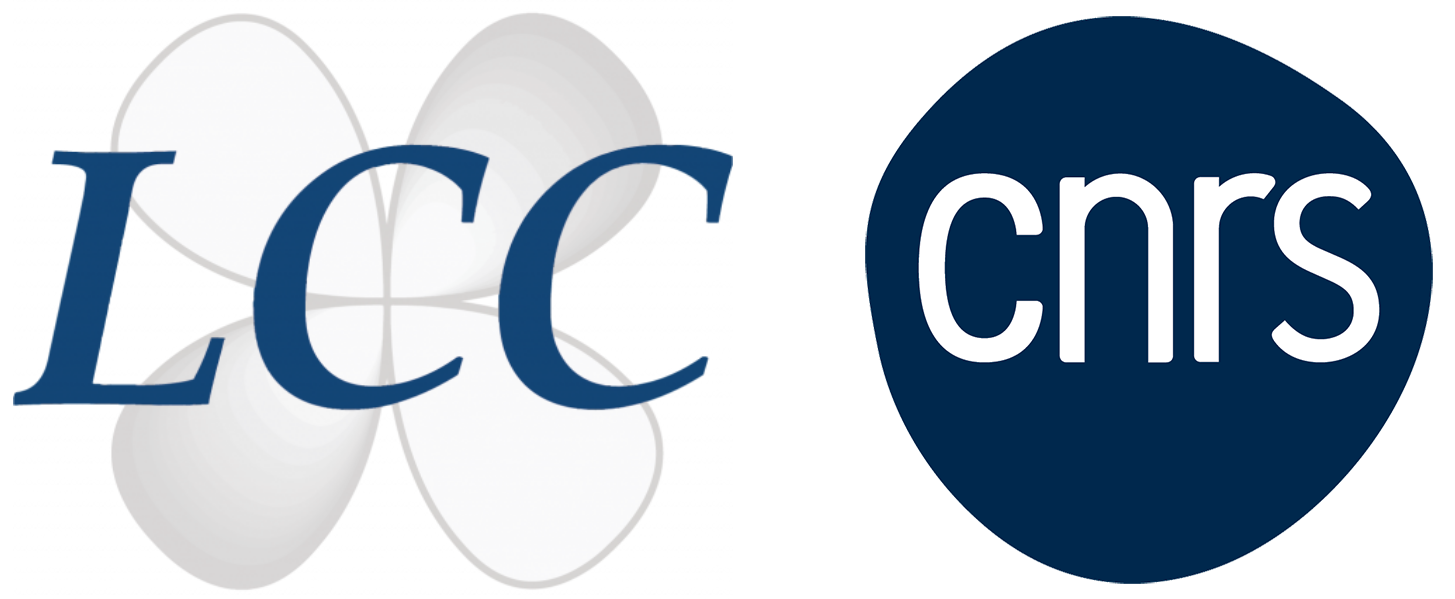
- Cet évènement est passé.
Conférence Martina Stenzel, Ambassadrice CNRS des sciences chimiques

Pr Martina STENZEL
École de chimie de l’Université de New South Wales à Sydney
Sugar coated nanoparticles big and small – how polymer science can enhance nanomedicine
Nanomedicine is a field of interesting interest. Rapid development of nanotechnology has allowed the incorporation of multiple therapeutic, sensing and targeting agents into nanoparticles. Most commercially available nanoparticles use poly(ethylene glycol) PEG as hydrophilic coatings. However, materials based on sugars such as polymers with pendant carbohydrates, coined glycopolymers, are attractive alternatives. Carbohydrates play a pivotal role in many biological processes and by using glycopolymers we mimic naturally occurring events. The presence of carbohydrates on the surface on nanoparticles can therefore help the uptake of these nanoparticles into mammalian cells. In this presentation, we look into a range of nanoparticles based on glycopolymers, ranging from ultrasmall nanometer sizes nanoparticles to large micron-sized 2D platelets and discuss how these particles can be used in drug delivery applications. A focus will be how small molecules such as drugs can be loaded and how the drugs change the properties of polymers, and thus their biological activity.
Contacts: Mathias Destarac – mathias.destarac@univ-tlse3.fr; Anne-Françoise Mingotaud – anne-francoise.mingotaud@cnrs.fr
